On another bright, chill, morning we sought Christmas presents at Old Milton, where the pavement display outside Serendipity offered
an embarrassment of fantastic figures which we managed to resist.
Our next venue was Lymington High Street where a well stocked toyshop encouraged visitors;
and Santa displayed the skills of Friends hairdressers.
When parking at the back of this main street, Jackie always marvels at the bucolic views beyond the chimney tops,
which can, themselves be seen across the crow-lined fields from Main Road.
Commoners once enjoyed the right to gather fallen branches for fuel and to dig out lime rich clay from the marl pits. These ancient privileges are no longer granted.
Trees must lie where they fall in order to benefit the lively ecology of the forest.
The marl has been dug out for centuries, leaving the pits that we now see, and, with the growth of new trees and shrubs, cut out the light to the ancient specimens of flora and fauna, gradually changing the nature of the land and killing off previously extant plants and insects.
We were led to Crockford inclosure, where the fallen birch above was photographed, by smoke spirals curling into the air. Nearby we witnessed a group of people
working hard at the bottom of these steeply sloping sided pits in the land.
Naturally I investigated with my camera.
It was in the clearing where brushwood was burning that I met Alison who gave me my information. The workers are all volunteers working for the forestry commission on this important recovery project. In order to return the pits to their pristine condition the larger trees are felled by contractors; the unpaid enthusiasts cut and
burn the smaller boughs
and leave neat piles of sawn logs to house wildlife, gather mushrooms, and return eventually to the soil.
My informant explained that the steep sides are retained to stop ponies tearing up the terrain and tearing up and out into the road opposite.
The pit site crosses under this thoroughfare to a previously cleared area to where, according to one of the gentlemen to whom I spoke,
a rare diving water beetle has returned. My informant didn’t know exactly which one, but he said it was very rare. Given that most are apparently black and the brown one is ‘just about holding its own’ (New Forest National Park Authority) I have chosen this illustration of a brown one. https://www.newforestnpa.gov.uk/discover/wildlife/beetles/brown-diving-beetle/
As one might expect, a robin took great interest in the proceedings.
This evening we dined at The Wheel Inn. We Both chose thick, meaty, beef burgers with crisp onion rings, plentiful fresh salad, and more chinky chips than we could eat. These followed tempura prawns for Jackie and a veritable shoal of whitebait with doorsteps of brown toasted bread. Each starter was lavishly garnished with excellent salad. Jackie drank Kaltenberg lager and I drank Ringwood’s Best bitter.

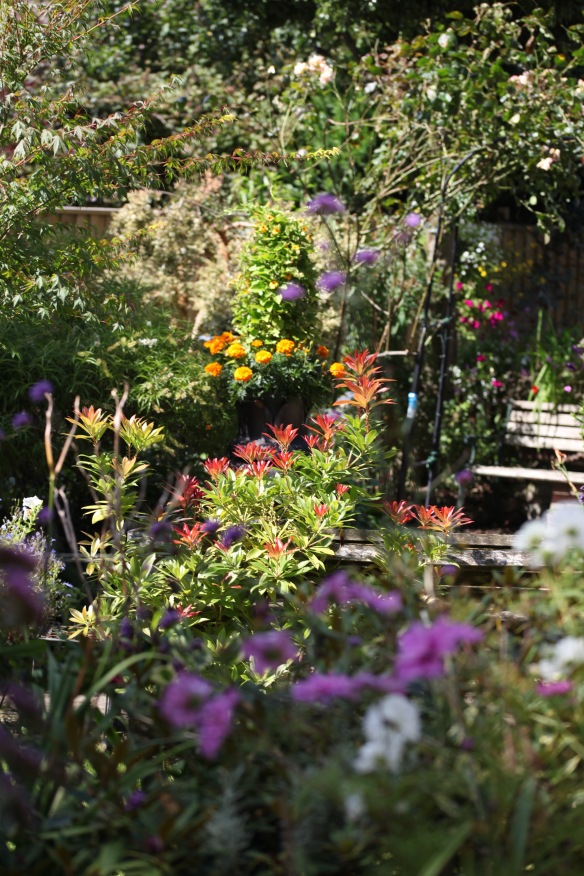

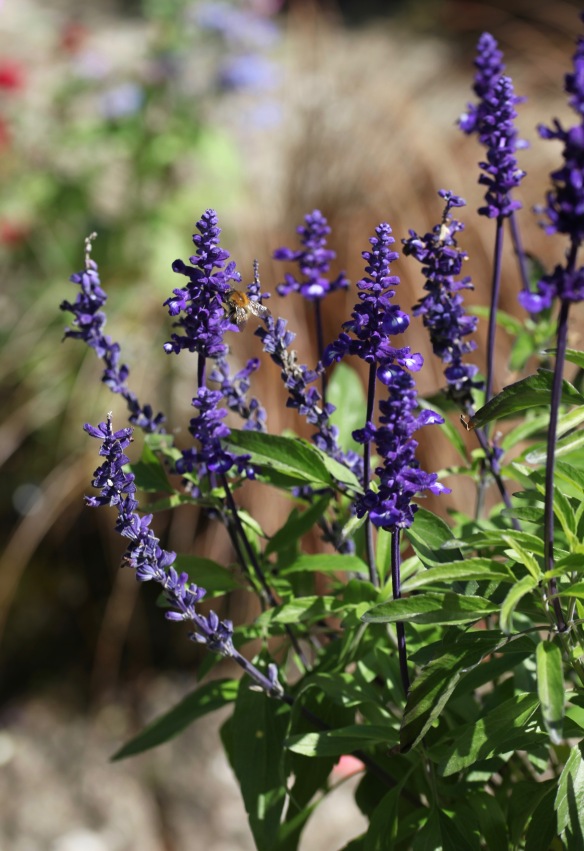
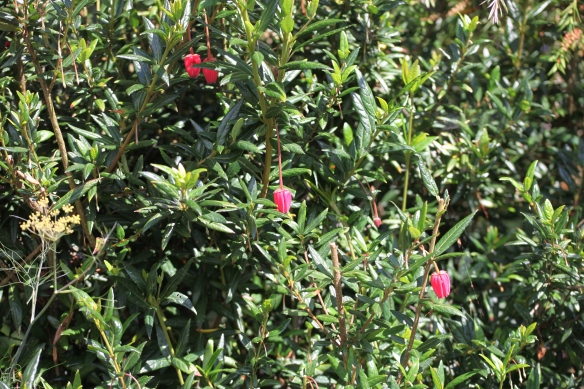


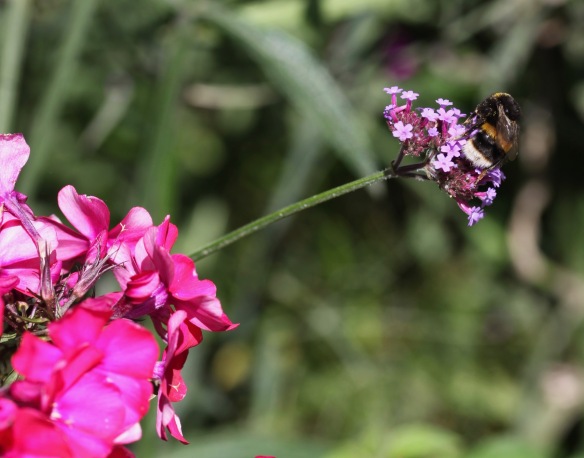
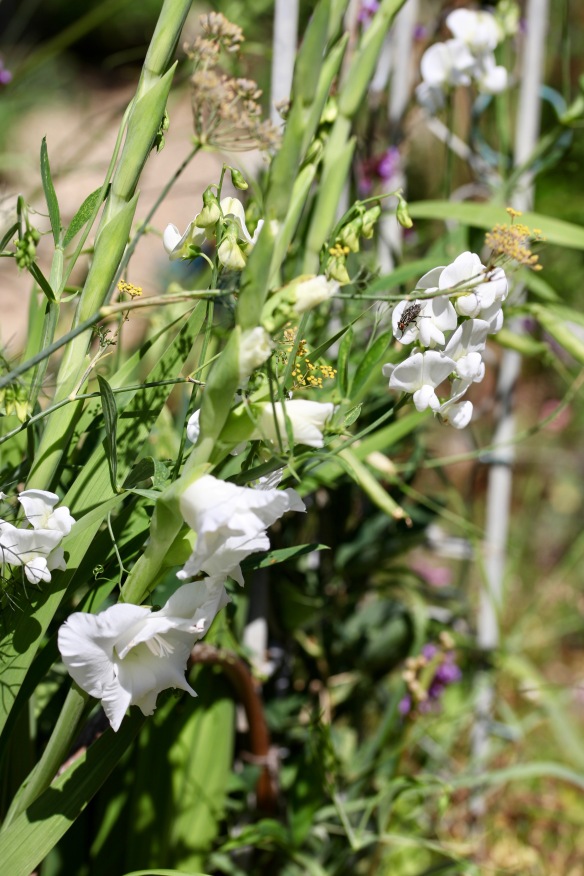



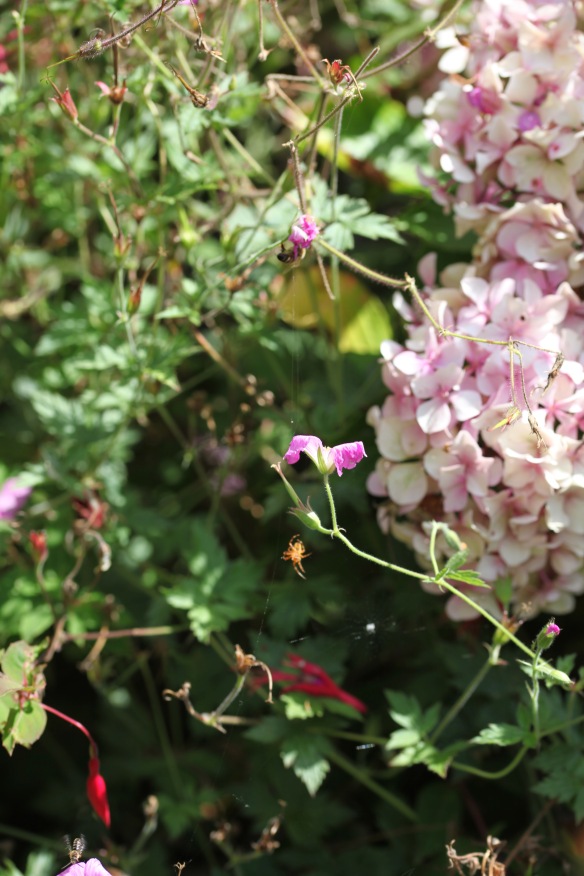
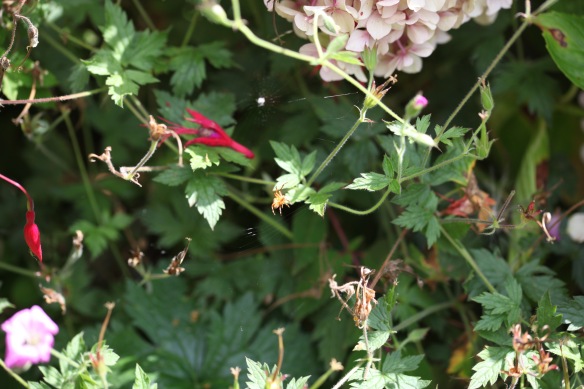


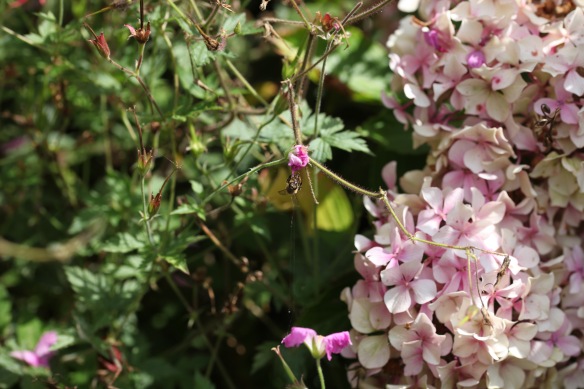







Fascinating post, Derrick. I am glad efforts are being made to preserve the environment.
Thanks very much, Dolly.
You are very welcome, Derrick.
Marl pits! That is so interesting. You live in a fascinating area, Derrick, and luckily for us, you take full advantage.
Very many thanks, Lisa.
Wonderful post. Amazing to see the preservation activities. Truly a labour of love.
They were all so friendly and keen to talk about their activity, Peggy. Many thanks.
Your curiosity and foray into local history reminded me that I am reading a fascinating book about the Knepp Estate in West Surrey called ‘Wilding’. The owners decided to remove all human interference and influence from the dying farm and in a remarkably short time returned lost or almost lost insects, birds, plants and animals to the land. It’s a remarkable story – do you know of it?
I visited the Knepp Estate earlier in the year – you probably need to do more than one half day safari to get a full flavour of what it is like but it was certainly interesting.
I have also read ‘Wilding’ – a fascinating unfolding of nature’s return to claim its own!
I didn’t know of it, Pauline. Thanks very much.
Interesting post.
Thanks very much, Sherry.
That’s hard work but so worthwhile.. oh onion rings. Now I’m hungry.
Thanks very much, Gary.
It is good to see people taking care of the environment.
It is, indeed, Tootlepedal. Thanks very much.
You mean you didn’t purchase Spiderman? How did you resist that? ?
Love the day out, and the food sounds delicious, especially the onion rings – they’re going on the shopping list first thing tomorrow!
Jackie wouldn’t let me buy Spiderman, Sue 🙂 Thanks very much.
Great outing! Thanks for sharing, Derrick.
Thank you very much, Jill.
Really interesting, Derrick – and I loved the clarity and depth of your woodland shots. Can’t imagine how you resisted the traditional Christmas ET, though.
🙂 Thanks very much, Mike.
Serendipity One is packed to the gills with gifts. The restoration activity in the forest is an interesting foresight. Thanks for letting us have a peep.
Thanks very much, Uma.
I’ve just looked up ‘marl pits’, not having heard the term before. Anyway, pleased to see what the forestry commission has been doing in the area to support wildlife.
I hadn’t known about them either, Helen. Thanks very much.
“crow-lined fields” is a beautifully apt description.
I’m pleased you like that, Anne. Thanks very much.
Beautiful photos, Derrick!
Some great preservation work being done! And it makes me so happy that people care!
Wowza! Santy is lookin’ good! 😉 😉 (Wink Wink to Santy!) I can’t wait to see him, in person, in a few weeks! 😉 😀
Cooper likes the doggies standing outside the shop and I like the gingerbread peoples! 🙂
Hope the beetle and the robin got along! 😉
HUGS!!! 🙂
Thanks very much, Carolyn X
I remember the marlpit oak as being important … did they hang people from it – but I can’t remember why. I’ll have to check with my brother, I’m encouraged by these volunteers efforts.
Can I refer you to this one, Geoff?: https://gordonlepard.wordpress.com/2018/03/02/the-village-snowbound-the-marlpit-oak-gibbet/
🙂 Thanks very much.
Best of luck, Santa, getting that Spiderman down the chimney, or even through a door. Perhaps leave him on the roof ?
🙂 Thanks very much, John.
Excellent pictures.
I like the shop with the animals and ET among them.
Thanks very much, Rabirius
I never knew what it took to maintain marl pits. It is great to learn about different areas of the world, thanks Derrick!
Thanks very much, GP
Sounds like a fantastic day! I love this time of year and all the hubbub.
Thanks very much, Laurie
Thank you for the educational walk through the marl pits, Derrick! I love that slanted lighting though the woods.
Thank you very much, Lavinia
Wonderful shots of the wood in the winter light, Derrick.
Thank you v very much, Clare.
My pleasure, Derrick.
Marl is a new word for me—thank goodness for Google:) Interesting info about the conservation project and brown beetle. For a minute, I thought I had spotted Nugget.
Thanks very much, Cheryl
I was particularly interested in the work being done on the marl pit, as my son-in-law has a side business doing land reclamation in southern California.
I’m pleased, Liz. Many thanks.
🙂
Great informative and entertaining post Derrick, appreciate the explicit detail in the describing the Pits and their role in the ecology.
Cheers.
Cheers, Ian.
Great post,
How are you Derrick?
Are you and Jackie decorating for Christmas holiday?
Thanks very much, More. Because our son’s birthday is on 19th we don’t decorate until afterwards, but we are ready to go, and are well. I trust you are, too.
Oh I understand that.
I’m putting up my decorations now . I have a tree of gold and red.
I hope your son has a great birthday.
🙂
Good to see so many volunteers helping to keep the environment healthy. I applaud them. Your description of your meals made my mouth water. 🙂
Thanks very much, Sylvia